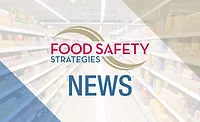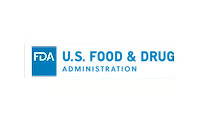Relevance of Accreditation and Certification Services for the Voluntary Third-Party Assurance Approach
The vTPA approach is valuable at a time when public interest in safer food is increasing, but competent authorities struggle to obtain more resources from governments
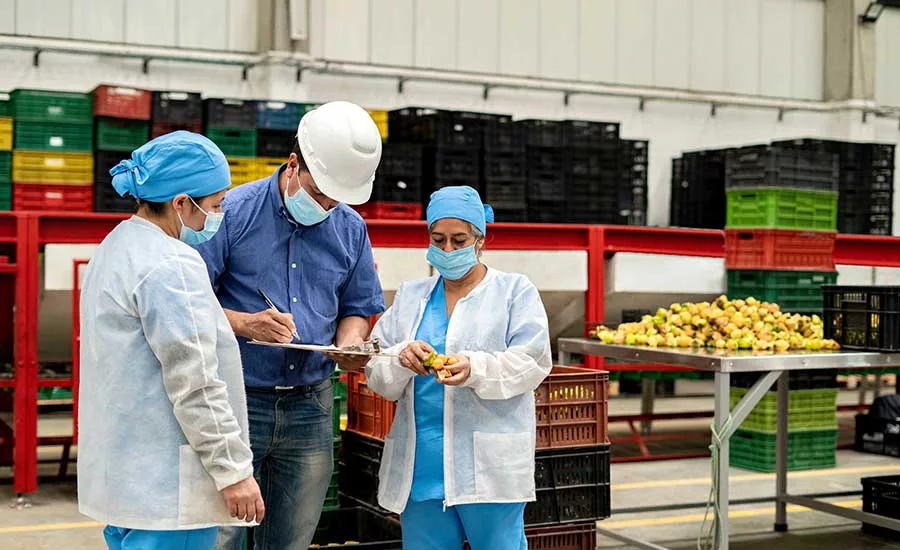
Image credit: RECVISUAL/E+ via Getty Images
Food safety is a shared responsibility among the food industry, competent authorities, and consumers. Industry has the main responsibility to ensure that the food it produces is safe, and competent authorities are in charge of regulatory oversight of food safety control. The food safety landscape includes a number of other stakeholders, with each of them playing an essential role to provide safe and nutritious products for human consumption.
The implementation of voluntary third-party assurance (vTPA) programs—commonly referred to as private food safety certification schemes, in the past—has been widespread in the food industry over the past decade. One of the underlying reasons why food businesses began implementing vTPA programs was to conform with the higher requirements of buyers in domestic and international markets. Over the past 100 years, food and feed production has increased significantly due to a rise in global demand, but additional public resources at an equivalent level were not always necessarily made available to the authorities in charge of regulatory enforcement. This, alongside the emergence of the fourth industrial revolution, ultimately led to a situation that called for the development of new regulatory strategies. If no resource-efficient solution was found, many competent authorities would be unable to effectively fulfil their functions as an oversight body and ultimately would be unable to guarantee consumer protection.
To overcome such challenges, EU Regulation 882/2004—Official Feed and Food Controls was the first legal act that incorporated the use of data generated by vTPA for more informed decision-making, thereby enabling regulators to develop and test new data-driven approaches. Fast-forward to 2021, regulators adopted the Principles and Guidelines for the Assessment and Use of Voluntarily Third-Party Assurance Programs—CXG 93-2021 (referred to hereafter as the Codex guidance) during the 44th Codex Alimentarius Commission meeting at Step 8.
The Codex guidance integrates certification bodies' criteria on conformity assessments and accreditation to reinforce the credibility and integrity of vTPA programs. Low- and middle-income countries frequently rely on foreign accreditation and certification services, which not only produces additional costs for local food businesses but also leaves economic opportunities in the local service industry untapped.
This article sheds light on some critical components of successful vTPA program implementation, particularly from an accreditation and certification service perspective. It discusses the role of accreditation and certification services and the prerequisites for successfully implementing the vTPA approach with the aim of supporting competent authorities in this process. By highlighting these critical factors, regulators will be better equipped to minimize the risks related to the rollout of this new, data-driven approach. Moreover, the relationship and overlap between the national quality infrastructure system and the national food control system—which was also considered during the development of the Codex guidance—are reviewed. This article should not be used as a standalone guideline; on the contrary, it seeks to encourage interested parties in further exploring the possibility of implementing the Codex guidance.
UNIDO's Role in Implementing the vTPA Approach
UNIDO is currently involved in the implementation of pilot initiatives for the Codex guidance in West Africa and the Middle East and North Africa. The initiative is funded by the Standards and Trade Development Facility (STDF) hosted by the World Trade Organization (WTO), and will contribute to the identification of certain prerequisites and benefits.
UNIDO's mandate is anchored in Sustainable Development Goal 9: "Build resilient infrastructure, promote inclusive and sustainable industrialization, and promote innovation." As the largest multilateral player in quality infrastructure development, UNIDO has over 40 years of experience supporting its Member States and other partner organizations through targeted interventions. To further strengthen the crucial linkages between quality infrastructure and food safety, UNIDO developed the Food Safety Approach1 in 2016, which promoted a favorable food safety environment through the creation of a collaborative inter-agency environment to support food safety regulatory frameworks and tailored food safety-related conformity assessment services to enhance food safety compliance.
Looking for quick answers on food safety topics?
Try Ask FSM, our new smart AI search tool.
Ask FSM →
The different building blocks or intervention areas of UNIDO's approach also have strong linkages with the Codex guidance on vTPA by assisting in the development of tailored and scalable food safety schemes and by enhancing local food safety competences of practitioners involved in food safety certification services.
Among other interconnected areas of expertise, UNIDO provides guidance to its Member States on digital transformation and innovation for successful industrial modernization of quality infrastructure systems, including improved decision-making by policy-makers. Through its normative role, UNIDO aims to catalyze its effect in order to upscale ISID impact and influence sustainable development agendas. Accordingly, UNIDO provides technical guidance to its Member States on the vTPA approach and implements capacity-building initiatives.
Relationship Between the National Quality Infrastructure System and the National Food Control System
Food control and quality infrastructure systems are key components of national and regional economies without which sustainable industrial development would not be possible. The quality infrastructure system consists of "organizations (public and private) together with the policies, relevant legal and regulatory framework, and practices needed to support and enhance the quality, safety, and environmental soundness of goods, services, and processes."2 The national food control system, as defined by the Food and Agriculture Organization of the United Nations (FAO), ensures that the food supply in the country is safe, nutritious, and fit for human consumption, and that food safety and quality requirements are being met and are accurately labeled in accordance with the law. Both systems provide services or functions that are essential for the proper functioning of the food control system; some of these services, such as testing, certification, and inspection, are provided by both systems, while others are delivered by either one of the systems (Figure 1).
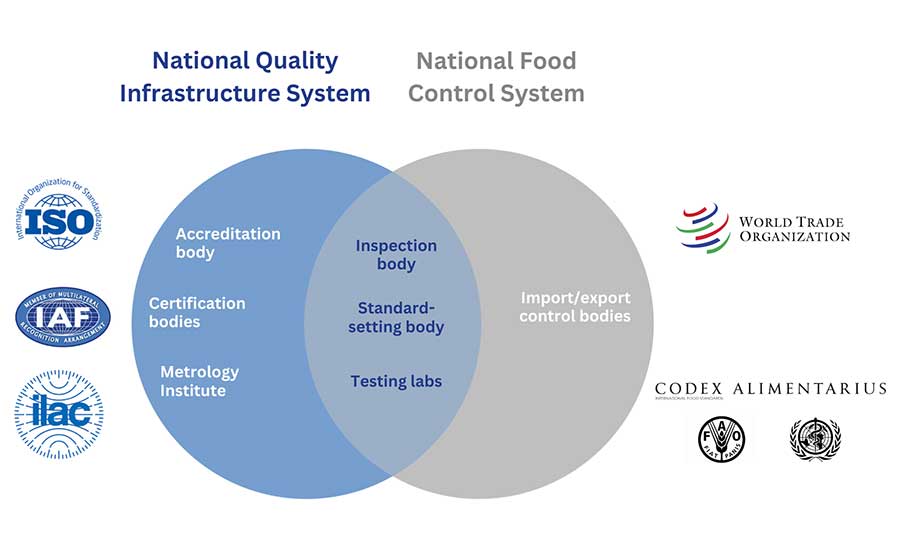
Relevance of Internationally Recognized Conformity Assessment Services
It must be carefully considered by middle- and lower-middle economies if they need to establish local accreditation and certification services to implement the vTPA approach. The Codex guidance does not encourage the establishment of such services; nevertheless, their availability could play an enabling role for the successful rollout in those countries. It might suffice for certain conformity assessment services, for example metrology or accreditation services, to be available at the regional level, depending on the size and economy of partnering countries. Regardless, accreditation and certification services are an essential component of any economy due to their overarching role in both the public and private sector, from food to heavy industry to services.
For accreditation services to be internationally recognized, the given accreditation body must be a signatory to the International Accreditation Forum's (IAF's) Multilateral Recognition Arrangement (MLA). National accreditation bodies frequently belong to a regional grouping, which reduces costs linked to peer review processes. These regional groupings must, however, be part of the IAF's MLA structure.
In terms of the scope of accreditation, the vTPA approach primarily focuses on the certification of management systems and products. Most importantly, an accreditation body that is a signatory to the MLA must adhere to the following standards:
- ISO/IEC 17021:2015 (Conformity assessment—Requirements for bodies providing audits and certifications of management systems)
- ISO/IEC 2) 17065:2012 (Conformity assessment—Requirements for bodies certifying products, processes, and services)
- ISO/IEC 17067: 2013 (Conformity assessment—Fundamentals of product certification and guidelines for product certification schemes)
- ISO 22000:2018 on Food Safety Management Systems.
Likewise, access to reliable certification services are essential for food businesses to reduce costs and to benefit from technical guidance in their local language. To improve data reliability, these services should be delivered by ISO 17021 and/or ISO 17065 accredited certification bodies. This is generally a prerequisite for most internationally benchmarked certification schemes to become a partner. Local certification bodies may have access to more data and information that is more reliable on the food industry's level of development and potential areas of non-compliance, which could also improve the integrity of data.
To create access to better-quality and cost-effective services, multiple certification bodies must compete against each other in the same market. Some food business operators (FBOs) might prefer to opt for a certification body with a more lenient implementation practice, which should be flagged by the competent authorities. As an advantage for local certification services, local regulators will have a better understanding of the practices and capacities of these local bodies and if there is any insurance in terms of data integrity.
The Codex guideline emphasizes possible partnerships between the competent authorities and vTPA scheme owners to facilitate information sharing with the consent of FBOs. The conclusion of a partnership agreement between the competent authority and the accreditation body might be necessary in some countries to determine which certification body might not be following the relevant international standards. This could also serve as a verification mechanism for data gained from vTPA programs.
A competency framework and code of conduct for food safety practitioners involved in quality assurance could further enhance data integrity, while audits or compliance monitoring could deter various types of misconduct.
Prerequisites for More Informed Decision-Making Based on Data Gained from vTPA Programs
The Codex guidance (CXG 93-2021) has created a new opportunity for competent authorities to make more informed decisions based on data gained from vTPA programs. It also provides for an assessment to consolidate the credibility and integrity of vTPA programs, thereby ensuring data quality. Nevertheless, the competent authorities must ensure that certain prerequisites are met before the Codex guidance on vTPA programs can be rolled out. These prerequisites can be grouped into six different areas:
- Existence of functional entities within the (national and/or regional) quality infrastructure and national food control systems.
- The establishment of an operational digitalized performance-monitoring framework for the competent authorities in charge of inspection and regulatory enforcement. The Codex's Principles and Guidelines for Monitoring the Performance of National Food Control Systems (CXG 91-2017) provides a general framework and a conceptual, step-wise approach for competent authorities to create the initial building blocks of such a system. For the deployment of the vTPA approach, performance indicators for the inspection services should be established and adequately tested to facilitate the measurement of a baseline scenario for possible comparisons. The monitoring system should run on a secure digital platform where data are preferably entered digitally.
- The private sector uses the vTPA programs and/or demand access to certification services to meet with regulatory and buyer requirements.
- The establishment of a competency framework for inspectors, as well as compliance and enforcement policies, includes essential policy documents for improved data quality and integrity. Similarly, a competency framework for auditors and vTPA practitioners (consultants and trainers) can also address more standardized audit outcomes.
- Risk-based inspection at the FBO level should support the prioritization of visits announced within a monitoring framework.
- The internal organization structure should be adjusted to better inform decision-making mechanisms to enable data cleaning, analyses, and evaluation of their integrity. The competent authorities should preferably have a separate unit that is in charge of these activities with the ability to equip regulators with more robust and up-to-date information.
Countries, particularly those that do not have an established risk-based monitoring and inspection system, may have to prioritize creating such a system. Even though the vTPA approach can help authorities close certain regulatory oversight gaps and build a better risk profile of different sectors than before, they will need to have the capacity to verify information received from third parties, and to have the capacity to respond swiftly to any changes in compliance trends.
Existence of local vTPAs with strong private-sector inclusion might facilitate possible data-sharing; however, their integrity and impartiality must be rigorously examined by the competent authorities during their recognition process.
Conclusion
To ensure long-term sustainability, government authorities must meet additional prerequisites at the macro level, such as educational programs on food safety and data science, more comprehensive data policy for the competent authorities, and the necessary legislation on privacy and data sharing. The scope of this article does not include such macro-level enablers, but they are fundamental for the implementation of public endeavors in digitalization for improved decision-making.
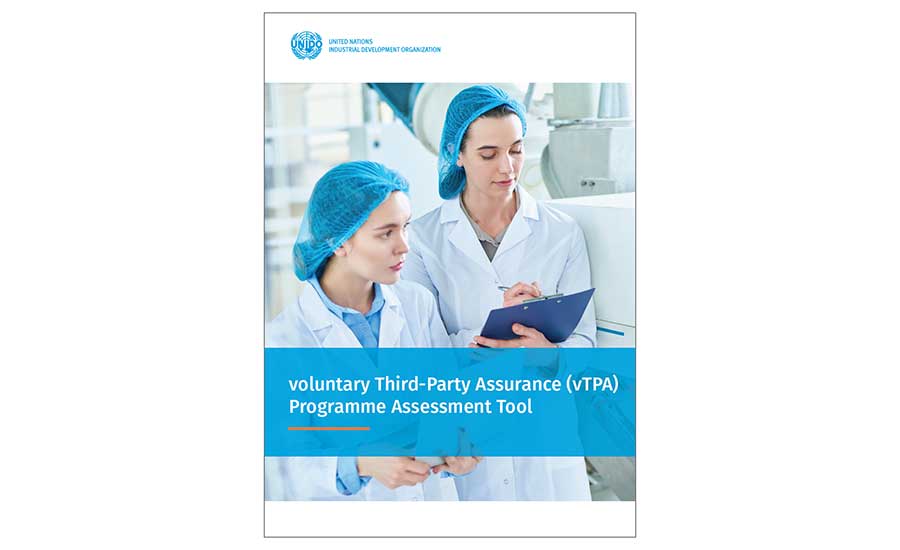
Although the Codex guidance does not encourage the establishment of local, internationally recognized accreditation and certification services, such services could play an instrumental role in the successful application of the vTPA approach at the local and regional level.
Since accreditation and certification services, as well as official regulatory oversight, exist in other industries (e.g., the aviation, mining, and health industries), the vTPA approach could have spillovers into other industries. For this to happen, access to internationally recognized, local accreditation and certification services remains essential.
UNIDO has been developing a toolkit for regulators to facilitate the proper uptake of the vTPA approach. UNIDO launched the vTPA assessment tool (Figure 2) during the Inaugural Meeting of the Africa Food Regulatory Authorities Forum (AFRAF) on October 12, 2023, in Cairo, Egypt.
References
- 1 United Nations Industrial Development Organization (UNIDO). Food Safety Approach: Safer Food for Sustainable and Resilient Businesses. December 2021. https://www.unido.org/sites/default/files/files/2021-12/Food%20Safety%20Approach.pdf.
- UNIDO. Quality Infrastructure: UNIDO's Unique Approach. August 2018. https://www.unido.org/sites/default/files/files/2018-08/UNIDO_QI_CASE_FINAL_ONLINE_2.pdf.
Gabor Molnar, Ph.D., is an Industrial Development Expert at the United Nations Industrial Development Organization's (UNIDO's) Food Security and Food Systems Unit, implementing food safety projects in Africa and Asia. Dr. Molnar also represents UNIDO in a number of international platforms. He received his Ph.D. in Food Science from Université Laval in Quebec City, Canada.



